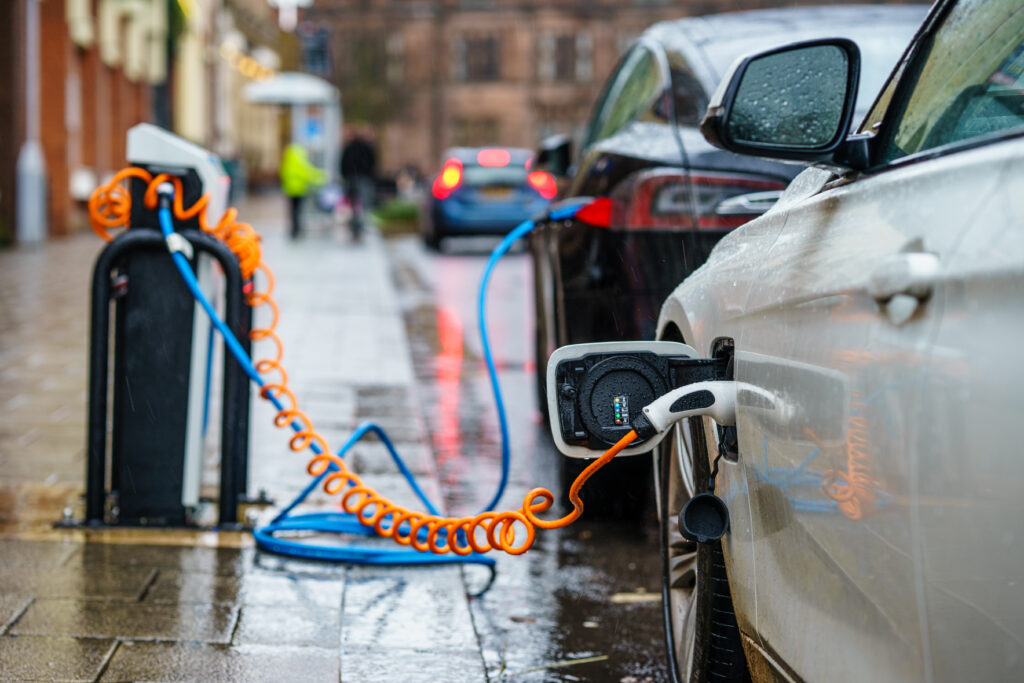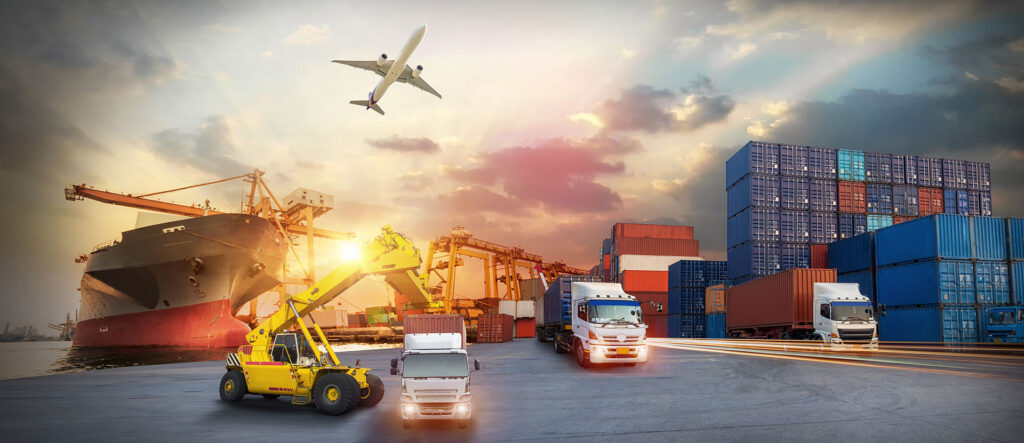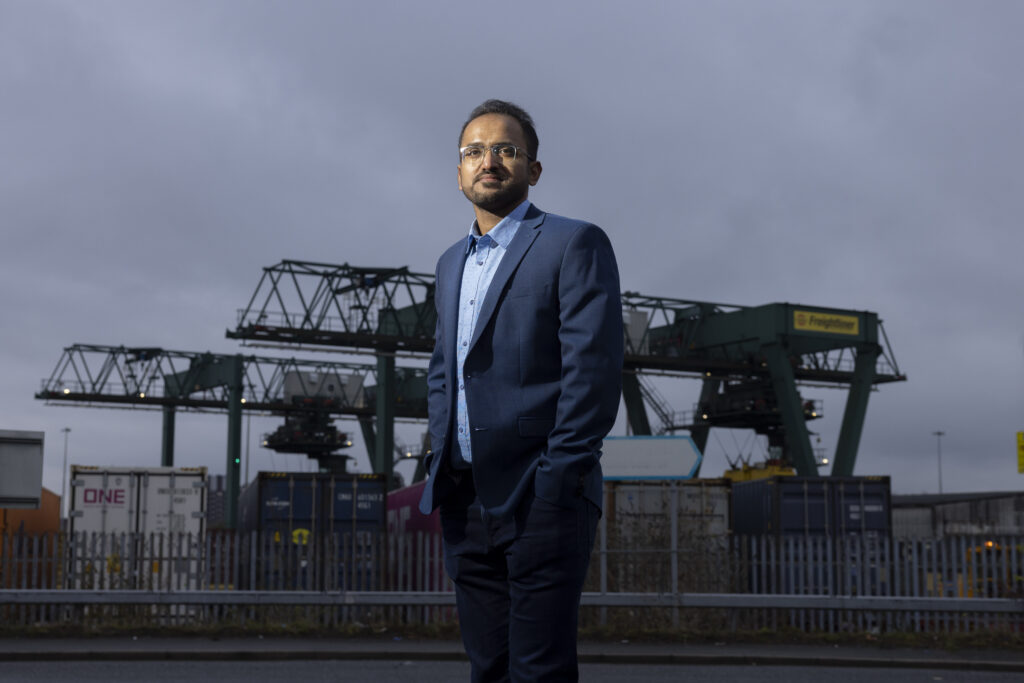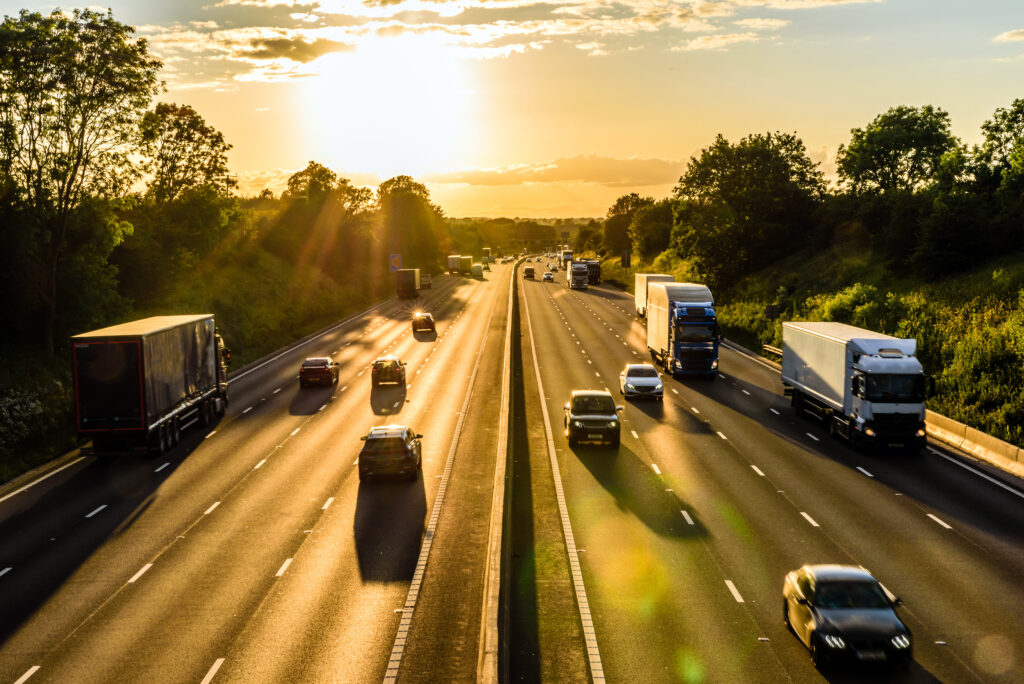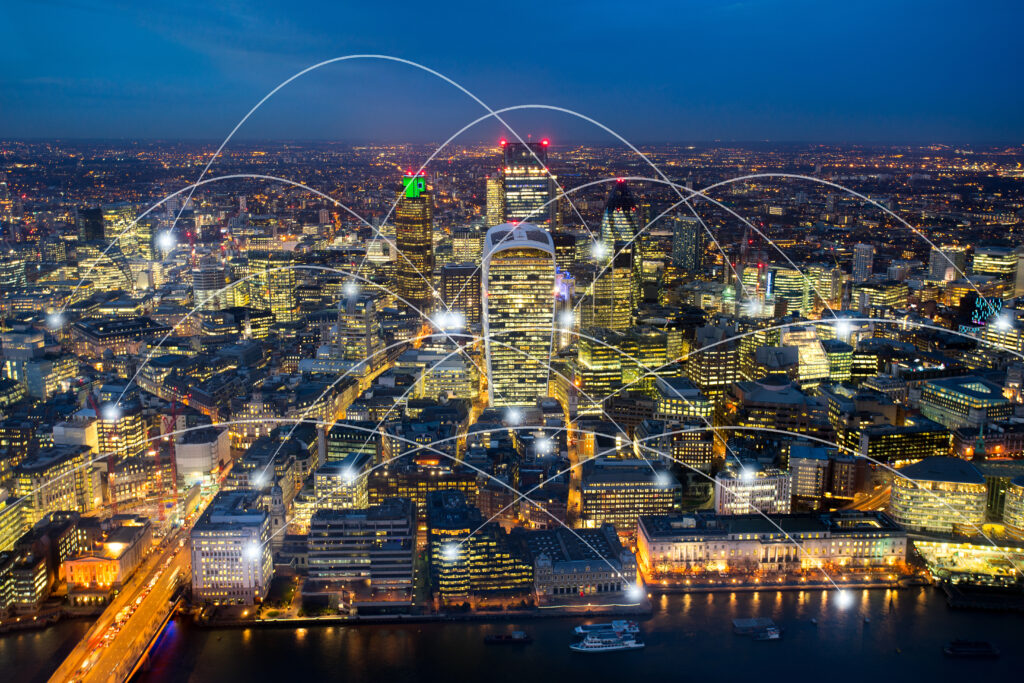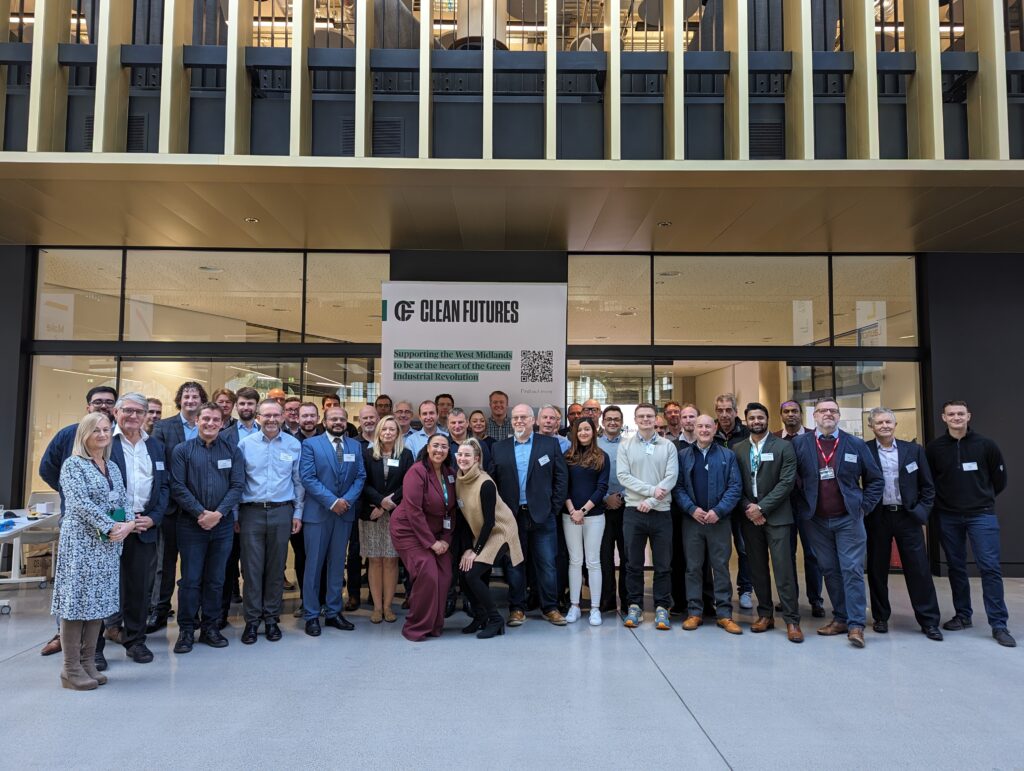Connectivity is the key to recovery

A successful post-pandemic economic recovery will depend heavily on the availability of high-quality infrastructure. Connected places innovations hold the answer.
Last week, the Prime Minister announced a new Infrastructure Delivery Taskforce to be led by the Chancellor, Rishi Sunak. He described the focus of this new taskforce as looking to accelerate major projects in the pipeline which could ‘boost jobs and improve connectivity for cities, towns and villages’ and stimulate post-pandemic economic recovery.
The Prime Minister is right to identify investment in high calibre ‘connected places’ as vital to recovery. High-quality infrastructure will aid the safe and efficient flow of people and goods to the places they need to be. It will also ensure that those places are themselves hygienic and equipped for the new normal — whether in terms of high-capacity digital connectivity for homes or spatially reconfigured shops and workplaces to allow for social distancing.
However, a large share of the UK’s infrastructure is dated, overstretched and decidedly not high-quality. Transport networks lack the capacity required to accommodate the volumes which (at least until recently) relied on it every day. There is a significant shortage of housing and much of the housing stock that exists is of poor quality.
The poor calibre of existing infrastructure in some parts of the country is responsible in large part for the economic inequality which sees the potential of some regions constrained while others overheat. As the strategist Parag Khanna puts it, ‘Connectivity is destiny”.
Innovation has the potential to solve or at least mitigate the shortcomings in our national infrastructure. In particular, data-driven innovations which harness information from sensors in the built environment will enable predictive maintenance on critical infrastructure, increase the effectiveness of transport networks, improve the energy efficiency of housing, and generally help us to make better use of existing assets, thereby reducing the need for costly new projects — or at least buy more time for additional capacity to be put in place.
The Connected Places Catapult exists to deliver exactly that transformation: we harness UK innovation to help create connected places for a more productive and greener future. Our focus is on connecting businesses to cutting-edge research and technologies in order to spark new possibilities and accelerate the creation of innovative products and services which will deliver improvements to the way we live, work, play and travel — and grow the UK economy in the process.
Find out more about the work of Connected Places Catapult on our website, and discover the new opportunities we see for innovators in the wake of the COVID-19 crisis in our Post-Pandemic Places Innovation Brief.



